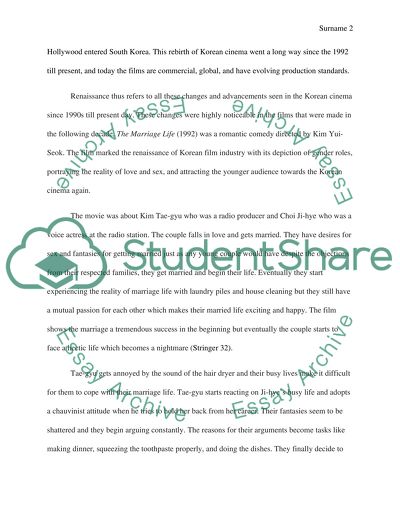Cite this document
(“Essay about Korean Film and Issues of K Cinema Industry”, n.d.)
Essay about Korean Film and Issues of K Cinema Industry. Retrieved from https://studentshare.org/visual-arts-film-studies/1632363-essay-about-korean-film-and-issues-of-k-cinema-industry
Essay about Korean Film and Issues of K Cinema Industry. Retrieved from https://studentshare.org/visual-arts-film-studies/1632363-essay-about-korean-film-and-issues-of-k-cinema-industry
(Essay about Korean Film and Issues of K Cinema Industry)
Essay about Korean Film and Issues of K Cinema Industry. https://studentshare.org/visual-arts-film-studies/1632363-essay-about-korean-film-and-issues-of-k-cinema-industry.
Essay about Korean Film and Issues of K Cinema Industry. https://studentshare.org/visual-arts-film-studies/1632363-essay-about-korean-film-and-issues-of-k-cinema-industry.
“Essay about Korean Film and Issues of K Cinema Industry”, n.d. https://studentshare.org/visual-arts-film-studies/1632363-essay-about-korean-film-and-issues-of-k-cinema-industry.


